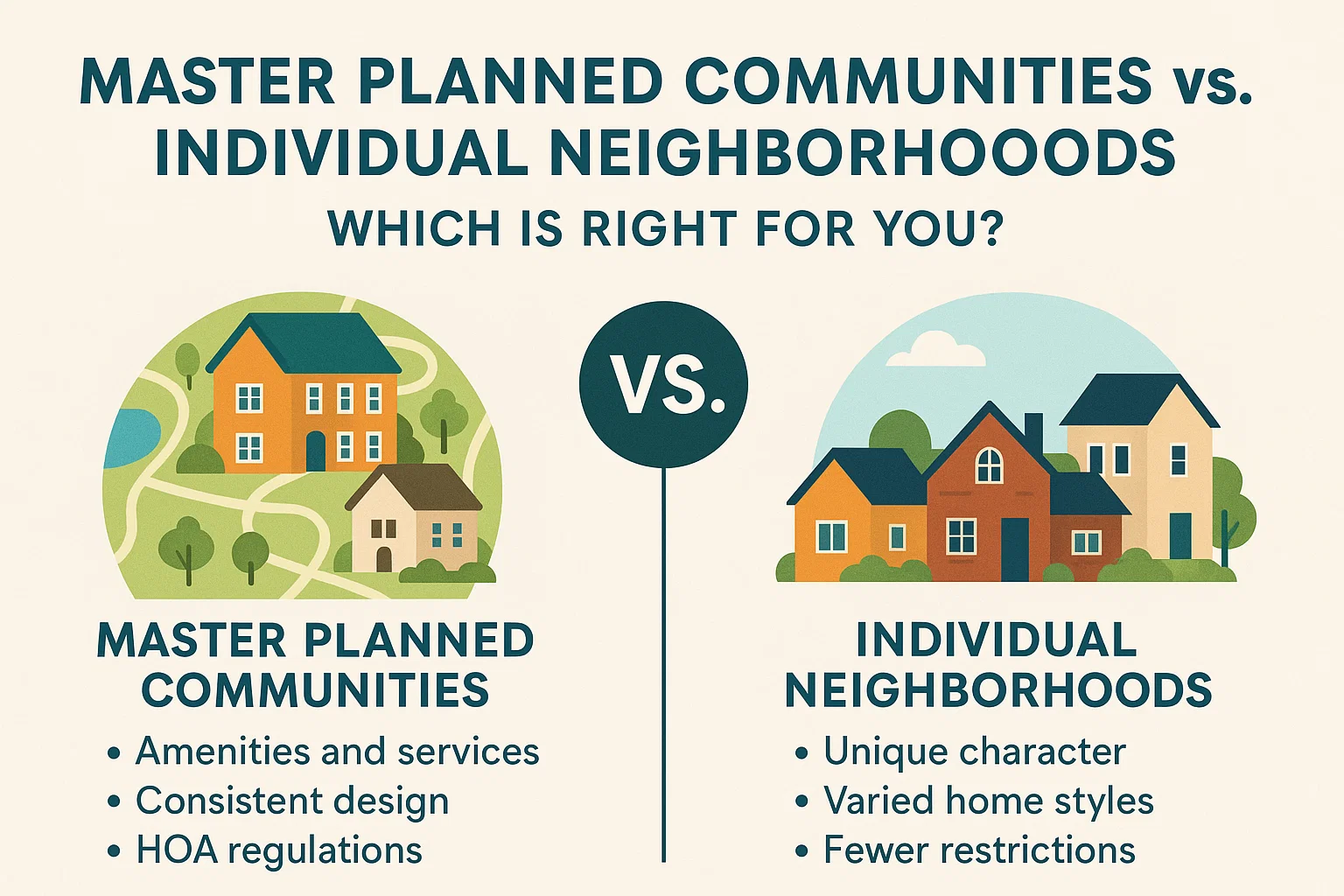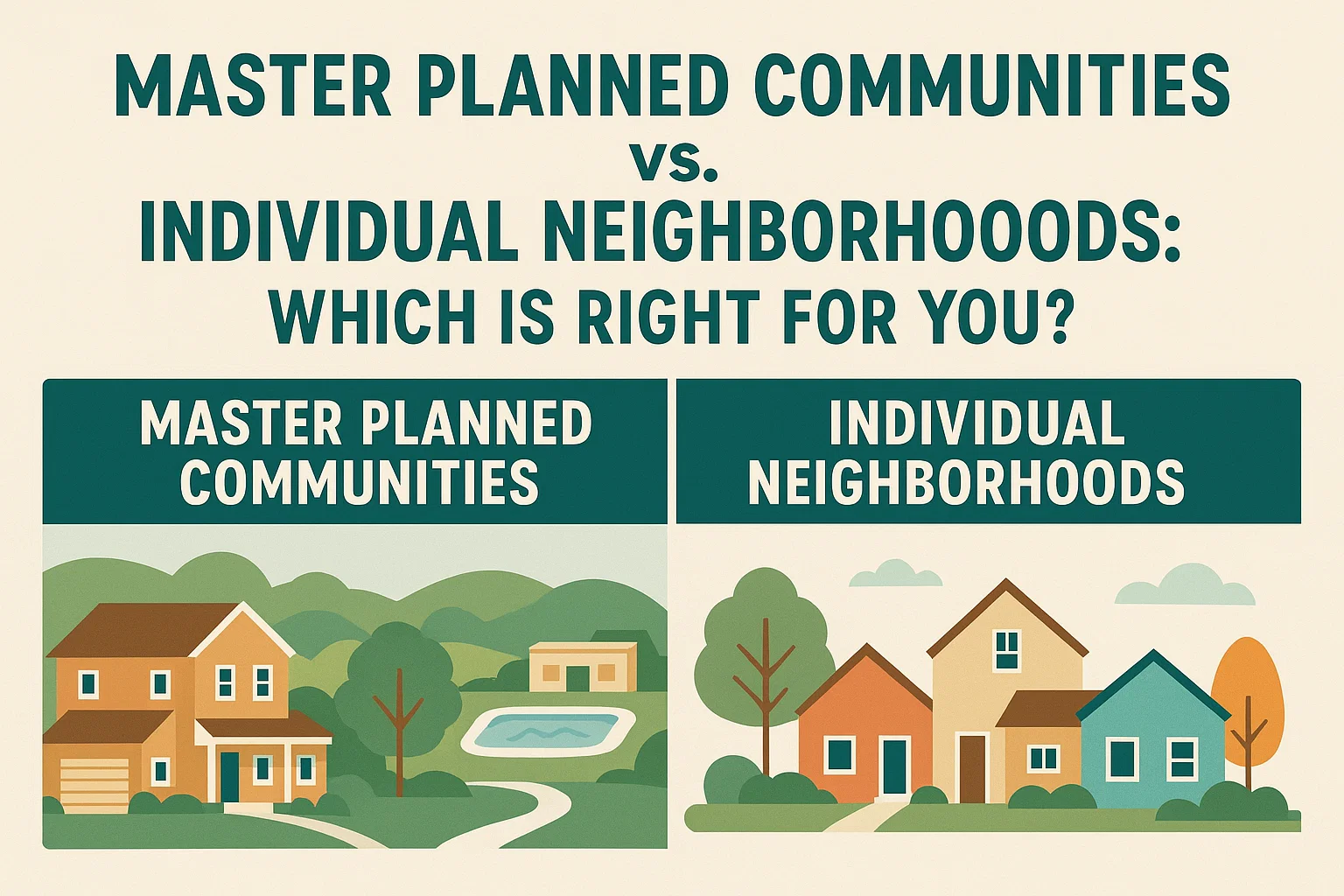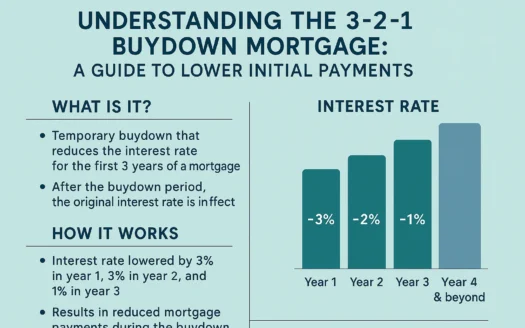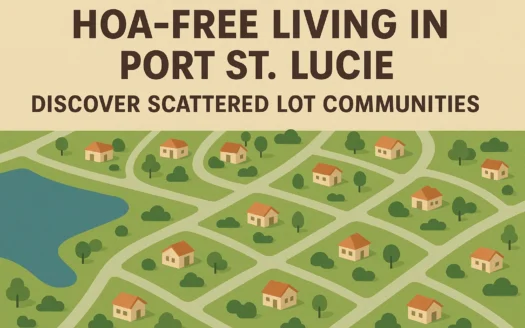Master Planned Communities vs. Individual Neighborhoods: Which is Right for You?

Master Planned Communities vs. Individual Neighborhoods: Which is Right for You?
Many homebuyers start their search by filtering properties on popular real estate platforms based on location or school districts. While this approach narrows options, it often overlooks a critical factor: the neighborhood type. From commute times to recreational amenities, the community’s structure plays a pivotal role in daily life. One key distinction is whether a neighborhood is part of a master planned community or a standalone individual community. Let’s explore the differences.
What is a Master Planned Community?
A master planned community is a large-scale development designed under a unified vision. A single developer collaborates with multiple builders to create cohesive neighborhoods with shared aesthetics and amenities. Key features include:
- Consistent Design: Homes, parks, streetlights, and communal spaces follow a unified style.
- Diverse Amenities: Recreational centers, pools, trails, and themed areas (e.g., sustainability hubs) are common.
- Multiple Builders: Buyers can choose from various floor plans and home styles within preset guidelines.
These communities prioritize walkability, social interaction, and convenience. However, the abundance of amenities often means higher HOA fees.
Individual Neighborhoods: Flexibility and Charm
Standalone communities, developed by one or more builders without a grand master plan, offer unique advantages:
- Architectural Freedom: Builders have more flexibility in home designs and exteriors.
- Smaller Scale: These neighborhoods may feel more intimate and close-knit.
- Lower HOA Costs: With fewer shared amenities, fees are often reduced.
These neighborhoods might lack extensive amenities but can be situated near established shopping centers, parks, or transit routes.
Key Considerations for Homebuyers
Master Planned Communities
- Ideal for those seeking social opportunities and convenience.
- May feature themed lifestyles (e.g., lakefront living).
- Infrastructure and local businesses are often pre-established.
Individual Communities
- Perfect for buyers prioritizing affordability or unique home styles.
- Often closer to existing schools and services.
- May blend into older, developed areas.
Final Thoughts
No two communities—whether master planned or standalone—are identical. While this guide highlights general differences, visiting neighborhoods in person is the best way to gauge their fit for your lifestyle. Prioritize your needs, whether it’s a vibrant social scene or a quiet, personalized retreat.




